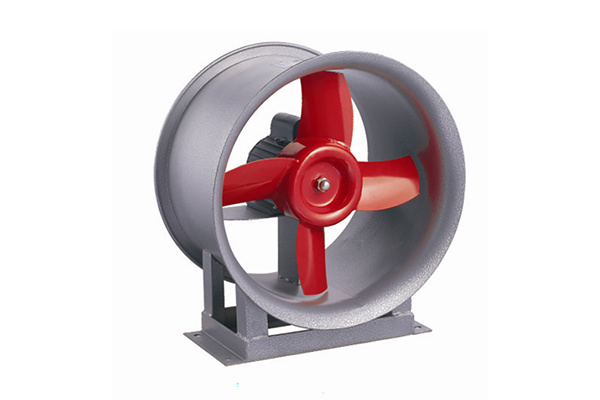Information Details
The role of axial fans and centrifugal fans in mechanical ventilation
Release time:
2022-07-15 15:23
1. Due to the significant difference between air temperature and grain temperature, the first ventilation time should be chosen during the day to reduce the gap between grain temperature and air temperature, thereby minimizing condensation. Subsequent ventilation should preferably be done at night, as this ventilation primarily focuses on cooling. The atmospheric humidity is relatively high and the temperature is lower at night, which reduces moisture loss and fully utilizes the low temperature at night to enhance the cooling effect.
2. During the initial ventilation with a centrifugal fan, condensation may occur on doors, windows, and walls, and even slight condensation on the surface of the grain. Simply stop the fan, open the windows, turn on the axial flow fan, and if necessary, turn the grain surface to expel the humid air from the warehouse. However, using an axial flow fan for slow ventilation will not cause condensation; instead, the temperature of the upper and middle layers of the grain will slowly rise, and as ventilation continues, the grain temperature will gradually decrease.
3. When using an axial flow fan for slow ventilation, due to the small airflow of the axial flow fan and the fact that grain is a poor conductor of heat, individual areas may experience slow ventilation during the initial phase. However, as ventilation continues, the temperature of the entire warehouse will gradually balance.
4. The grain undergoing slow ventilation must be cleaned with a vibrating screen, and any impurities caused by automatic grading must be promptly swept away from the grain entering the warehouse; otherwise, uneven ventilation may occur in localized areas.
5. Energy consumption calculation: Warehouse 14 used an axial flow fan for a total of 50 days, averaging 15 hours per day, totaling 750 hours. The average moisture content decreased by 0.4%, and the average grain temperature decreased by 23.1 degrees, with a unit energy consumption of: 0.027 kW.h/t.℃. Warehouse 28 had a total ventilation of 6 days, totaling 126 hours, with an average moisture decrease of 1.0% and an average temperature decrease of 20.3 degrees, with a unit energy consumption of: 0.038 kW.h/t.℃.
6. Advantages of using an axial flow fan for slow ventilation: good cooling effect; low unit energy consumption, which is particularly important in today's energy-saving advocacy; easy to grasp the timing of ventilation, with less likelihood of condensation; no need for separate fan equipment, making it convenient and flexible. Disadvantages: due to the small airflow, ventilation time is long; the effect of moisture reduction is not obvious, and high moisture grain is not suitable for ventilation with an axial flow fan.
7. Advantages of centrifugal fans: significant cooling and moisture reduction effects, short ventilation time; disadvantages: high unit energy consumption; poor timing in ventilation can easily lead to condensation.
8. Conclusion: For ventilation aimed at cooling, using an axial flow fan for safe, efficient, and energy-saving slow ventilation is recommended; for ventilation aimed at moisture reduction, a centrifugal fan should be used.
RELATED INFORMATION







